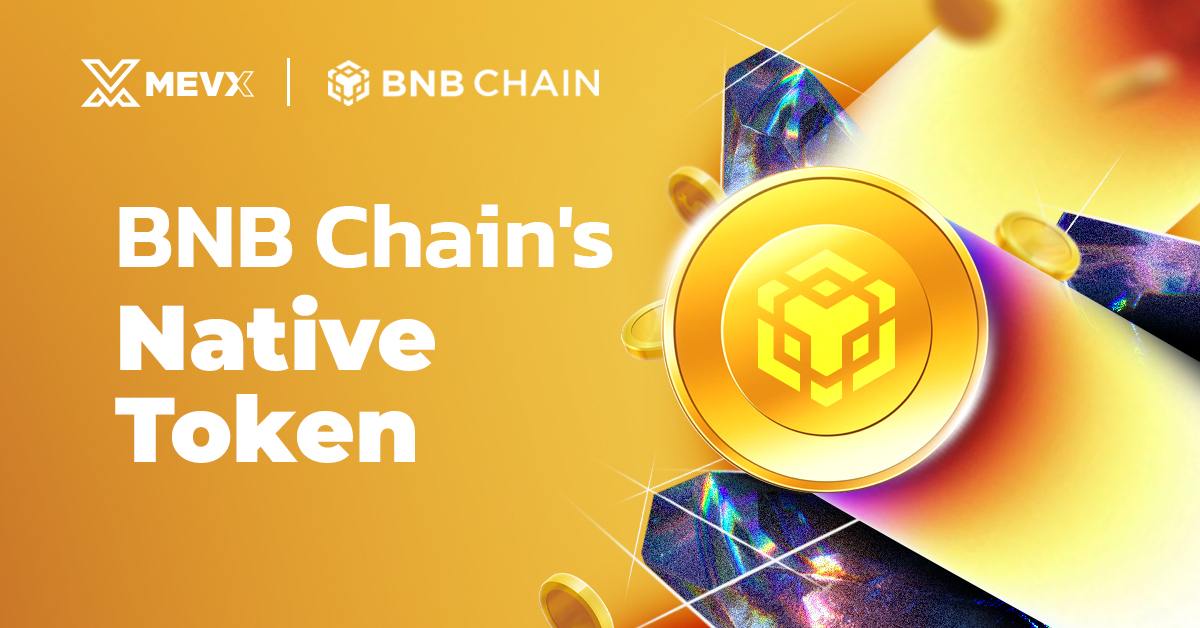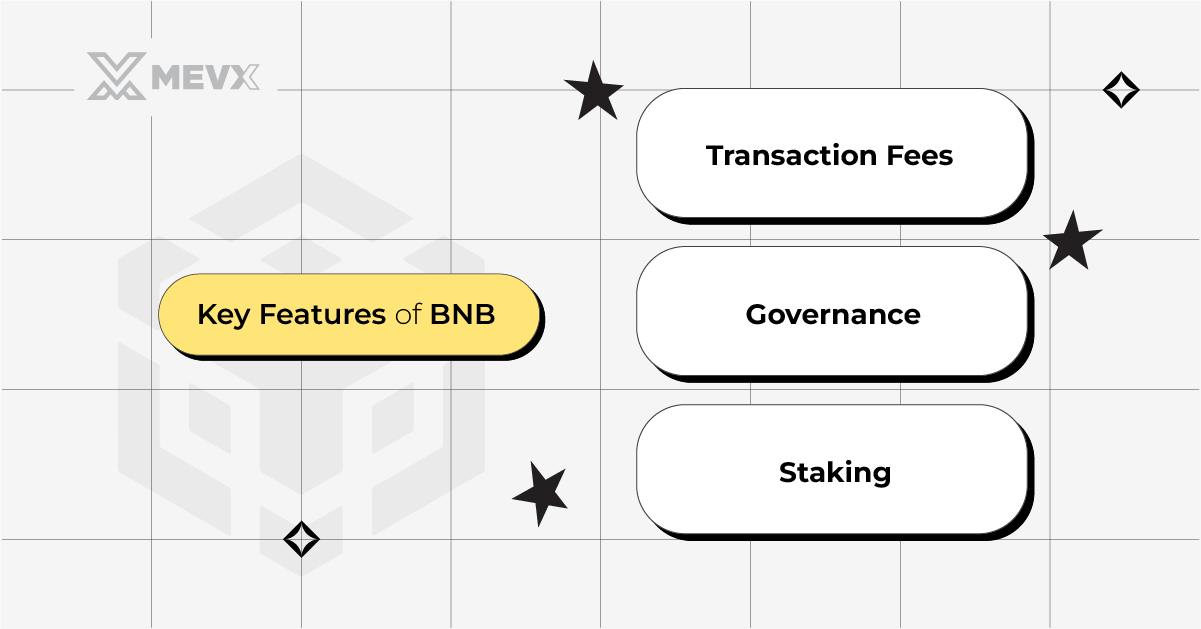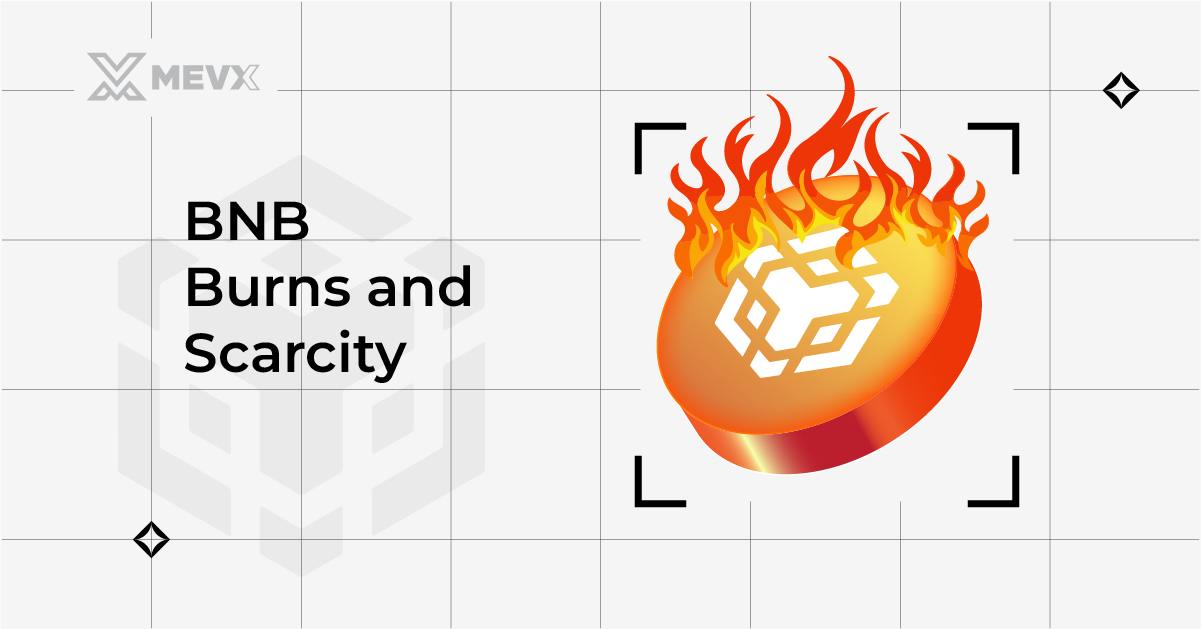Main Takeaways
- This article covers the information about BNB – the native token of the BNB Chain
- The evolution of BNB is mentioned.
- We also cover the key features and use cases of BNB.
- It discusses BNB burns and scarcity.

BNB – The BNB Chain’s native token
Introduction
The BNB token has undergone so much development to become one of the most valued and widespread cryptocurrencies in the market. From a utility token initially created for paying discounted trading fees on its mother exchange, Binance, the BNB has gone ahead to extend its use case in supporting ever-growing numbers of DApps and DeFi projects. In this article, we will explore the possibilities of the BNB token, together with its use cases for being so important in a thriving decentralized ecosystem.
The Evolution of BNB
BNB, short for “Build and Build,” started as an ERC-20 token on the Ethereum blockchain during an Initial Coin Offering (ICO) in 2017. At that time, it was primarily used for transaction fee discounts on Binance but has grown into a multi-faceted token. In April 2019, with the launch of its own blockchain, BNB migrated from Ethereum to become the native coin of Binance’s newly established blockchain.
With new functionalities coming aboard with innovations, BNB quickly became much more than an exchange token. It now serves as the backbone for an ecosystem that includes DeFi protocols, DApps, and other services within the Binance ecosystem, particularly within the BNB Chain.
Key Features of BNB

Key features of BNB
- Transaction Fees: The most extensive use of BNB is paying transaction fees over a number of wide-ranging platforms. Whether you are using the BNB Chain, Binance Smart Chain (BSC), or interacting with decentralized exchanges (DEXes) like PancakeSwap, BNB is the currency required to pay transaction fees, ensuring that the ecosystem remains active and operational.
- Governance: BNB is also important in governance, where it gives holders the right to vote on network upgrades, changes in fee structures, and other decisions outlining the future of the ecosystem. This decentralized governance ensures that the community has a say in the direction of the platform.
- Staking: The owners of BNB will stake and, by doing so, contribute to the network’s security and decentralization while earning a reward. Such a staking system enables users to earn passive income just for holding BNB, further stimulating the token’s active circulation and use.
Utility Across Different Ecosystems
- Decentralized Finance (DeFi): BNB is a vital element of the DeFi space, where it is used to interact with numerous DApps offering lending, yield farming, and other financial services. It is used for staking in search of rewards, for the execution of smart contracts, for payment of fees, and for voting on governance proposals.
- DApp Interaction: grants permission and access to over 5,000 decentralized applications. These apps include gaming, finance, and even decentralized exchanges. BNB keeps the streams open and facilitates seamless interactions.
- Binance Trading Fee Discounts: The original purposes of BNB are still highly relevant today. Users holding BNB can enjoy discounts on trading fees on Binance, incentivizing its use on the exchange and boosting its utility across Binance services.
- Token Sales: BNB plays a vital role in accessing exclusive token sales via the Binance Launchpad, allowing holders to participate in early-stage blockchain projects.
- E-Commerce: BNB’s utility has expanded beyond the crypto space. Various e-commerce platforms, including those that accept Binance Pay for online transactions, allow users to pay with BNB.
BNB Burns and Scarcity

BNB burns the total circulating supply
A unique feature of the BNB token is its burn mechanism. Periodically, BNB burns some of the total circulating supply to make it a deflationary asset. It ensures that over the long run, BNB will be scarce and thus more valuable. The burn is effectively correlated with the business performance of Binance. Quarterly burn events help to regulate the circulating supply based on the amount of transactions made.
Recent Price Trends of BNB
Recently, some huge price movements happened with BNB. During early October up to November 2024, BNB swung within a price range of $220 to $275. This fluctuation depends on factors like market sentiment, new developments in the Binance ecosystem, and quarterly burn events. Such burns decrease the supply of the token and help drive the value upwards during periods of high demand. Additionally, BNB succeeded in recovering with the high rate of DeFi and DApps adoption on the Binance Smart Chain. Despite the volatility, the major essence of the price trend of BNB is centrical in the Binance ecosystem.
Where to Get BNB?
BNB can be acquired in various ways:
- Centralized Exchanges: BNB is widely available on centralized exchanges (CEX) like Binance, KuCoin, and many others. These exchanges allow users to buy it with fiat or other cryptocurrencies.
- Decentralized Exchanges (DEX): It is also listed on decentralized exchanges. People can easily purchase it without any interference from a centralized intermediary.
- Staking: BNB holders can stake their tokens for rewards in BNB or even work as network validators.
- Earning: Several projects reward users with BNB tokens in exchange for participation in their ecosystems. Eventually, this provides a passive means of earning the token.
Conclusion
BNB has evolved into a robust multi-functional token. It currently forms the backbone of nearly all decentralized applications and platforms on the BNB Chain. Whether through its use in transaction fees, governance, staking, or other diverse applications, BNB’s role in the ecosystem simply cannot be understated. With its continuously expanding presence in different spheres and a deflationary token economy, BNB is all set to maintain its seat in the blockchain world.
Share on Social Media:
